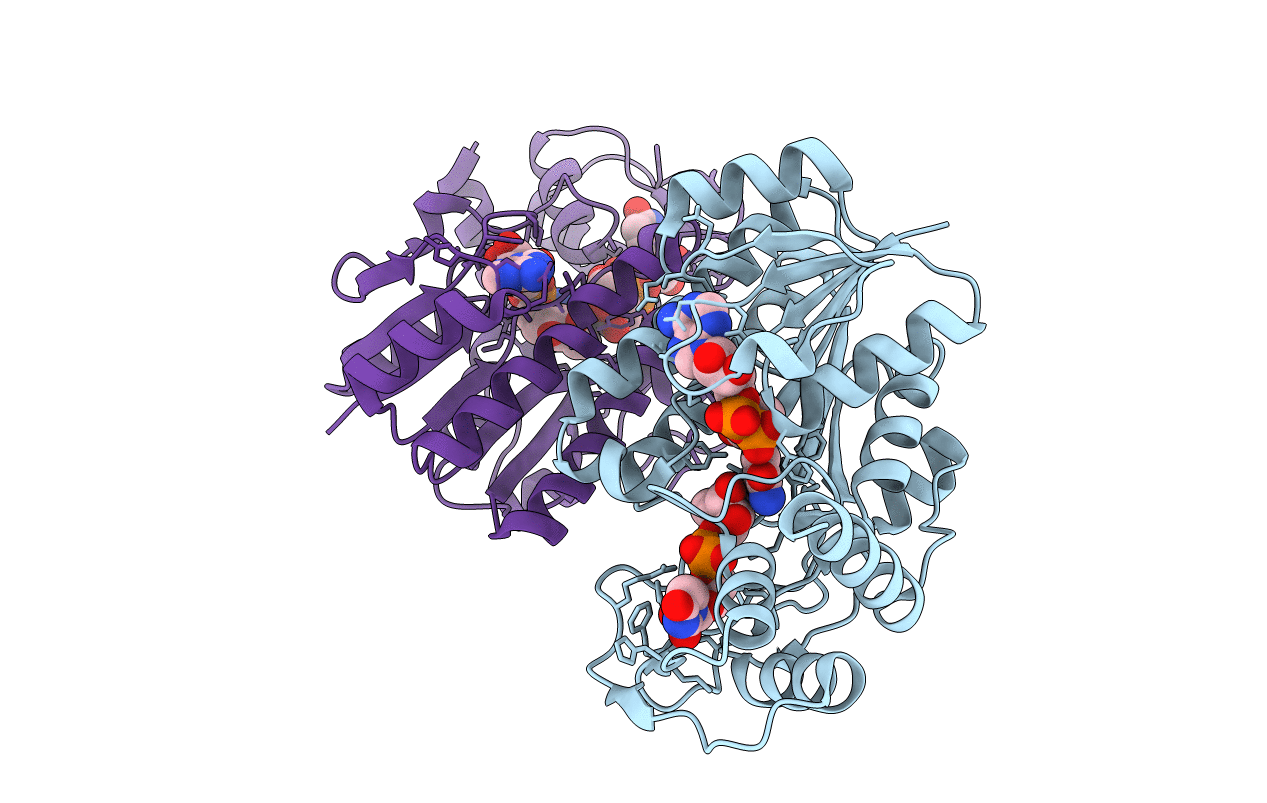
Deposition Date
2015-05-12
Release Date
2015-09-16
Last Version Date
2024-03-20
Entry Detail
PDB ID:
4ZRN
Keywords:
Title:
Crystal Structure of UDP-Glucose 4-Epimerase (TM0509) with UDP-glucose from Hyperthermophilic Eubacterium Thermotoga Maritima
Biological Source:
Source Organism:
Host Organism:
Method Details:
Experimental Method:
Resolution:
2.00 Å
R-Value Free:
0.19
R-Value Work:
0.16
R-Value Observed:
0.16
Space Group:
P 21 21 2


